Element of surprise: a canny design approach at Alila Hotels and Resorts
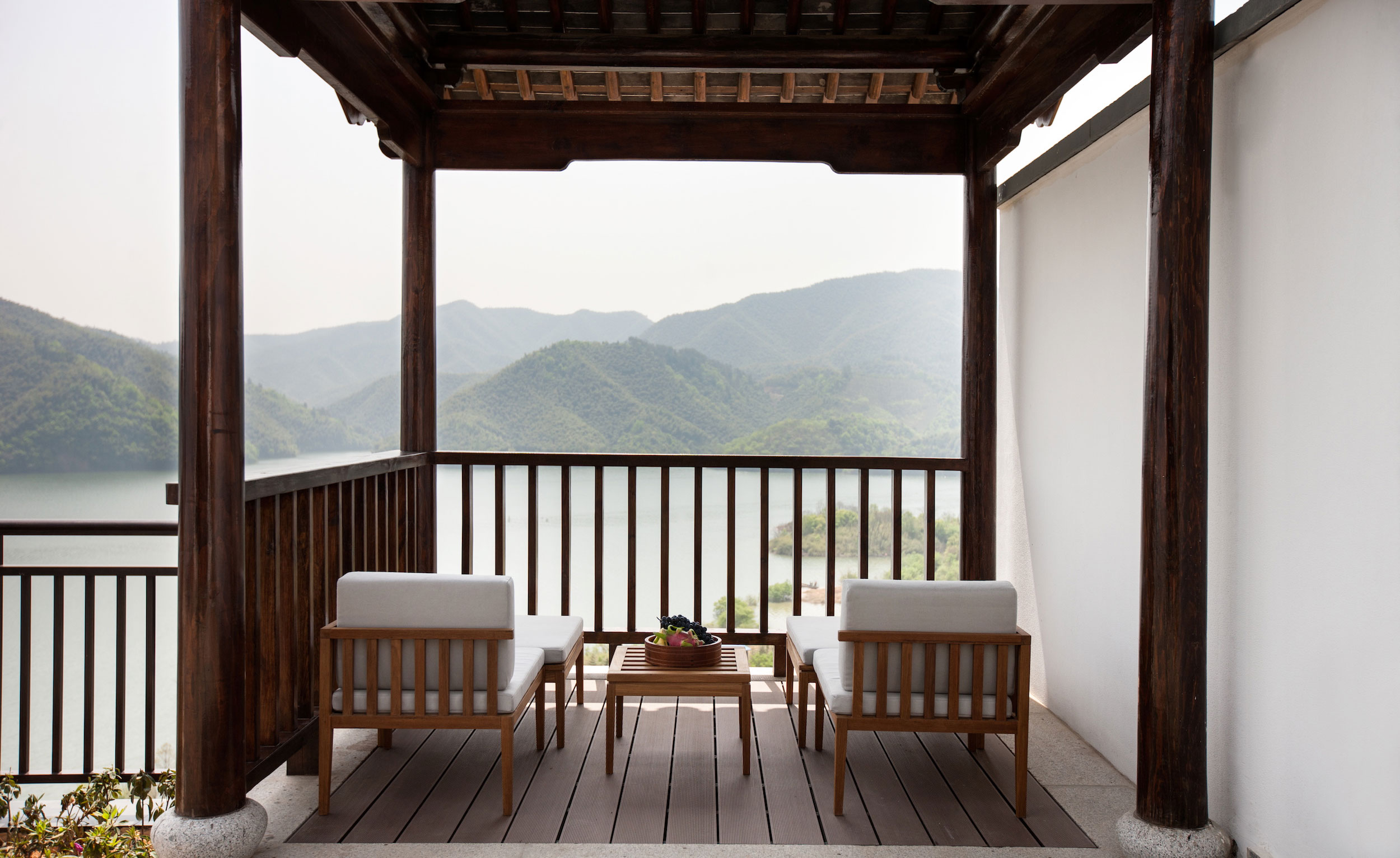
When Mark Edelson, Frederic Simon and Franky Tjahyadikarta and their partners launched Alila resorts back in 2001, they couldn’t have guessed that 17 years later, the brand would become known not just for its quiet parsing of restrained luxury, but also a byword for responsible, sustainable tourism. But then again, when the name of your brand is Sanskrit for ‘surprise’, the unexpected becomes par for the course.
Most of Alila’s resorts are based in Asia – beginning with the originals in Indonesia and sweeping up sprawling bucolic estates in China – though, in recent years, it has gained footholds in the Middle East and America. But regardless of the destination, each resort features an absorbing mix of contemporary architecture accented with local flourishes, history, dramatic landscapes, and culture. It is a DNA that has served Alila well. Customisation to local nuances means that it avoids the monotonously repetitive and unadventurous design that can bedevil small boutique properties.
At Alila Solo, for instance, rooms are softly accented by light timber and dreamy murals inspired by wayang (traditional Indonesian puppet operas), whilst commanding views of the imposing silhouettes of volcanoes that ring around the city. The pavilions and villas of Alila Villas Koh Russey, meanwhile, which will debut in Cambodia’s Koh Rong archipelago this year, infuse the contemporary mood-board with distinctive Khmer patterns and geometry. And at Alila Yangshuo, a refurbished sugar mill set against the craggy Guilin hills blends local stone and bamboo to evoke the sense of exploring a karst cave, the whole never in danger of descending into a literal trope or, worse, kitsch.
This tricky balancing act owes much to the efforts of a crack corps of experienced architects, artisans and designers that Alila has assembled over the years. Richard Hassell, the co-principal of the Singapore-based architectural practice WOHA which was behind the modernist classicism of Alila Uluwatu in Bali, also credits Alila’s success and longevity to a canny marrying of sensitive design and sustainability. ‘They are the key cornerstones of the brand,’ he says, adding that the group’s ‘top management really understand the power of good design to create enormous value for their properties.’
The ideal of sustainability is particularly crucial to the Alila story, not the least of which is its commitment to EarthCheck certification, minimising carbon dioxide emissions, on-site nurseries, and low-density structures. And while these measures are not necessarily obvious as guests lounge indolently by the lap-pool and survey the panorama, so seamlessly have they been incorporated into the resort’s hidden infrastructure, they do add a certain frisson of feel-good inevitability to the experience.
All of which adds up to a canny design approach that will serve Alila well. As Hassell adds, good design can ‘supercharge a beautiful site into something sublime. Alila understands this and it’s why we continue to work with them.’
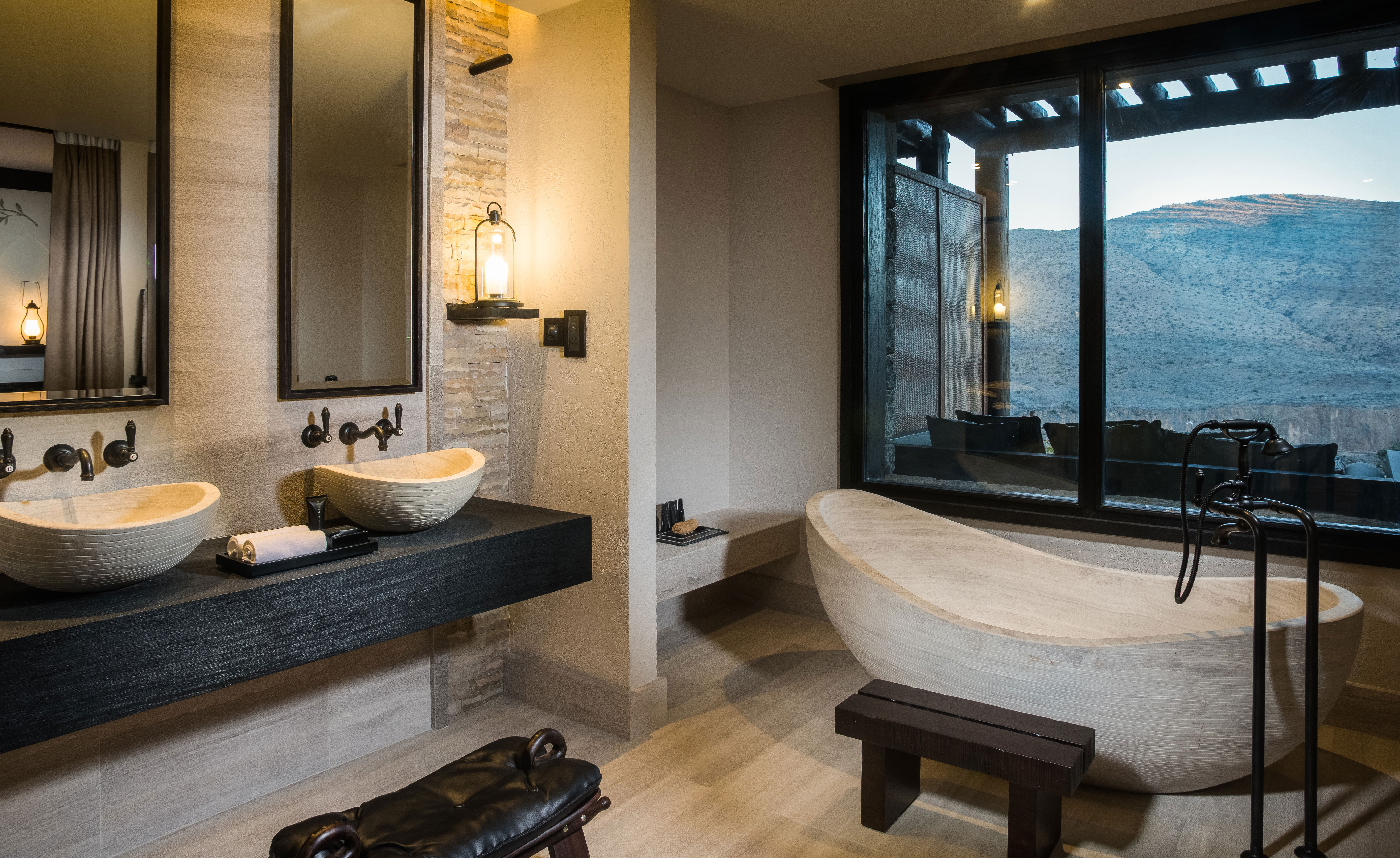
Most of Alila’s resorts are based in Asia, though it has gained footholds in the Middle East and America (pictured: Alila Jabal Akhdar)

But regardless of the destination, each resort features an absorbing mix of contemporary architecture accented with local flourishes, history, dramatic landscapes, and culture (pictured: Alila Fort Bishangarh)
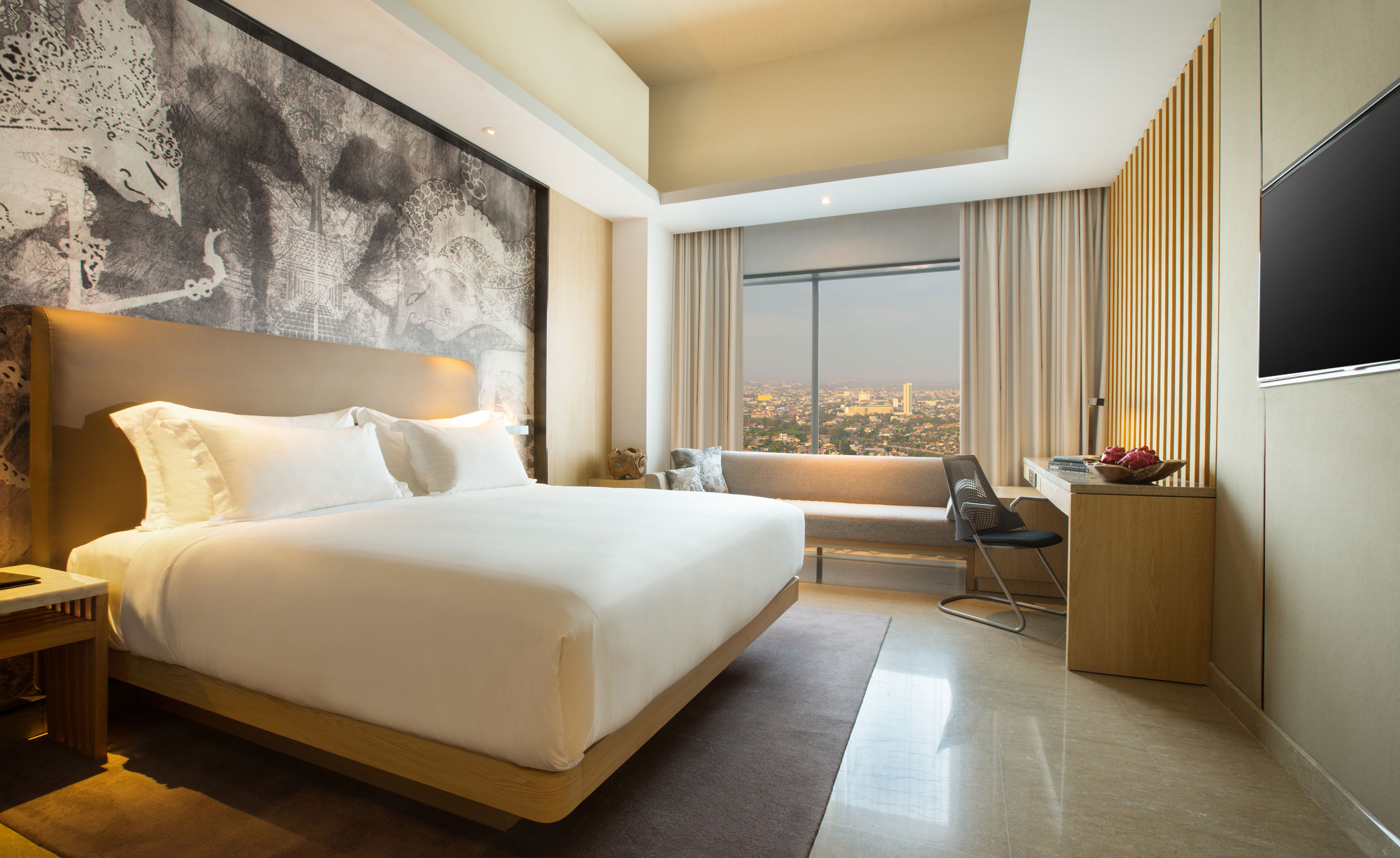
At Alila Solo, for instance, rooms are softly accented by light timber and dreamy murals inspired by wayang (traditional Indonesian puppet operas)

At Alila Yangshuo, a refurbished sugar mill set against the craggy Guilin hills blends local stone and bamboo to evoke the sense of exploring a karst cave
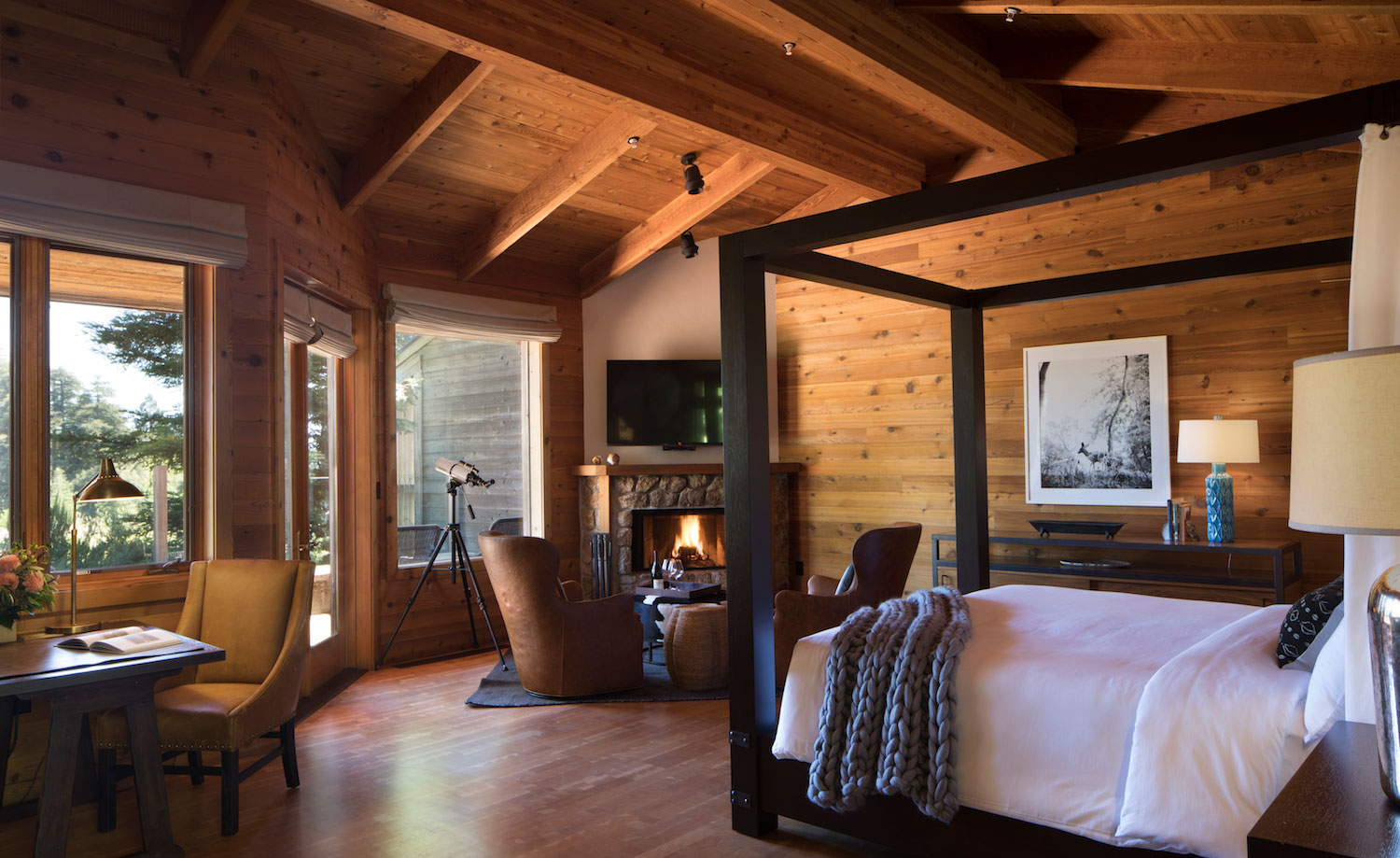
This tricky balancing act owes much to the efforts of a crack corps of experienced architects, artisans and designers that Alila has assembled over the years (pictured: Ventana Big Sur)

The ideal of sustainability is particularly crucial to the Alila story, not the least of which is its commitment to EarthCheck certification, minimising carbon dioxide emissions, on-site nurseries, and low-density structures (pictured: Alila Solo)

All of which adds up to a canny design approach that will serve Alila well (pictured: Alila Anji)
INFORMATION
Receive our daily digest of inspiration, escapism and design stories from around the world direct to your inbox.
Melina Keays is the entertaining director of Wallpaper*. She has been part of the brand since the magazine’s launch in 1996, and is responsible for entertaining content across the print and digital platforms, and for Wallpaper’s creative agency Bespoke. A native Londoner, Melina takes inspiration from the whole spectrum of art and design – including film, literature, and fashion. Her work for the brand involves curating content, writing, and creative direction – conceiving luxury interior landscapes with a focus on food, drinks, and entertaining in all its forms
-
 Modernism for sale: a Norman Jaffe-designed icon on Shelter Island hits the market
Modernism for sale: a Norman Jaffe-designed icon on Shelter Island hits the marketThe Osofsky House epitomised the glamour of high-end 70s modernism on Long Island. Now updated and refurbished, it’s back on the market for the first time in over two decades
-
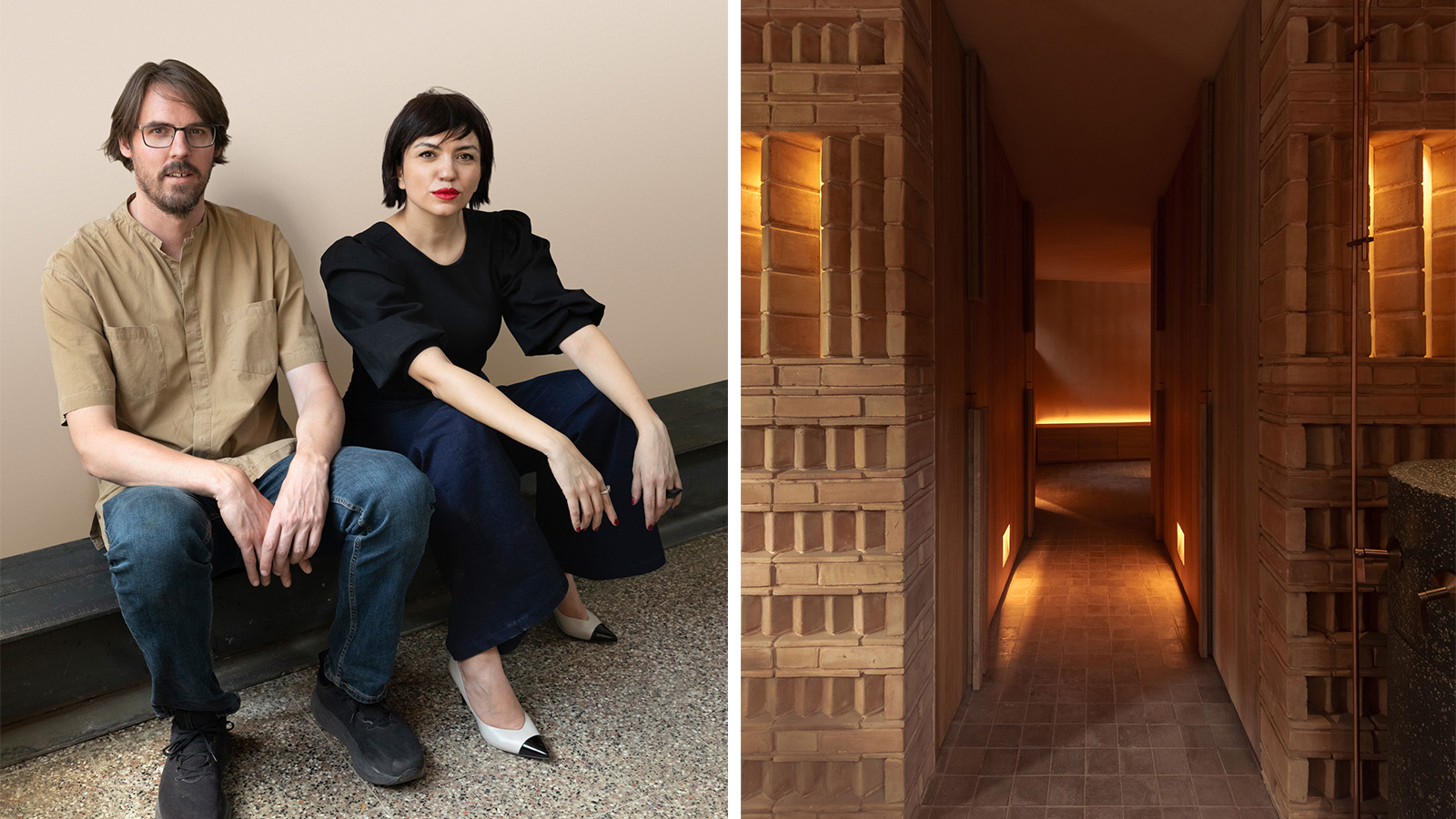 Discover Locus and its ‘eco-localism' - an alternative way of thinking about architecture
Discover Locus and its ‘eco-localism' - an alternative way of thinking about architectureLocus, an architecture firm in Mexico City, has a portfolio of projects which share an attitude rather than an obvious visual language
-
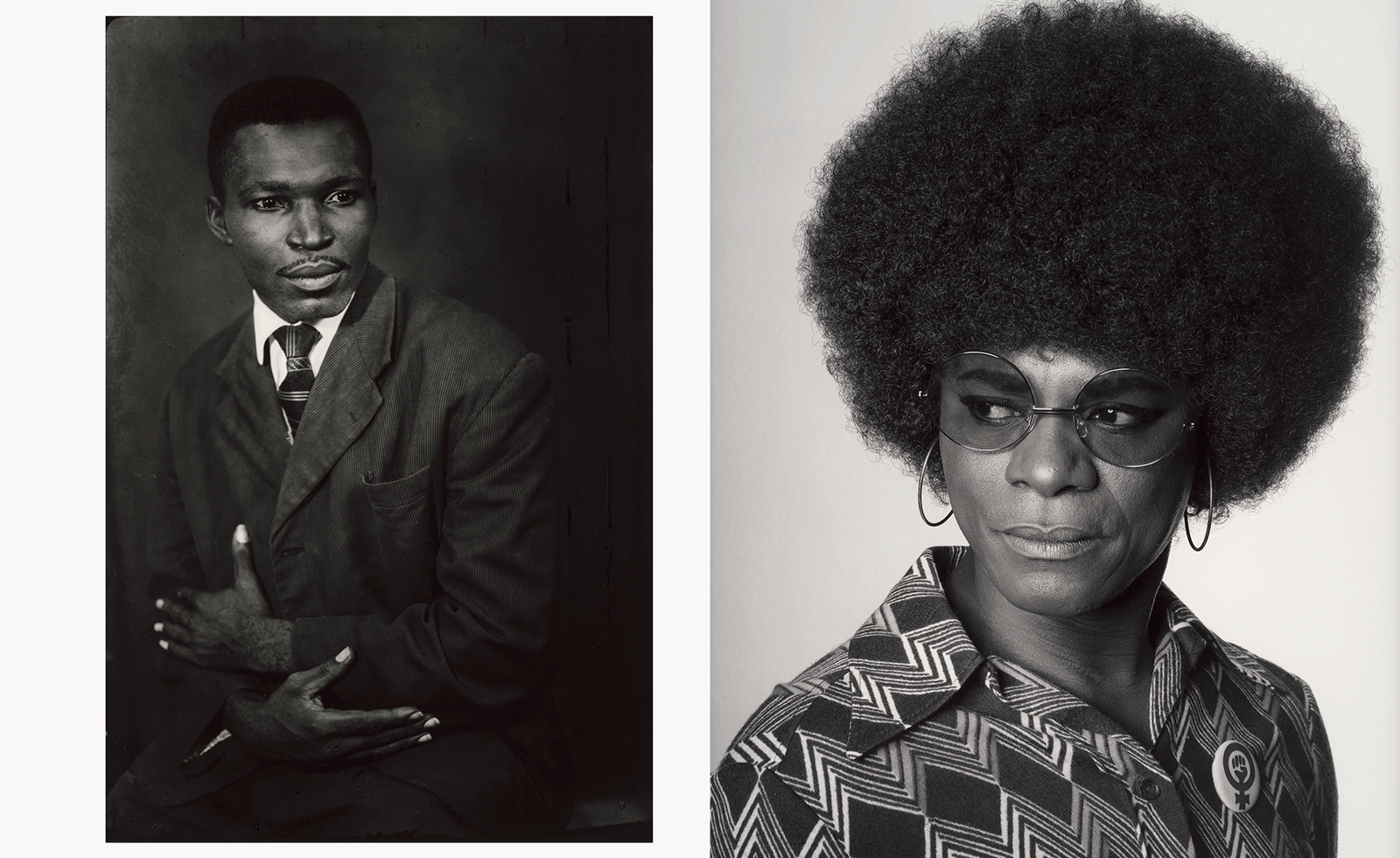 MoMA celebrates African portraiture in a far-reaching exhibition
MoMA celebrates African portraiture in a far-reaching exhibitionIn 'Ideas of Africa: Portraiture and Political Imagination' at MoMA, New York, studies African creativity in photography in front of and behind the camera
-
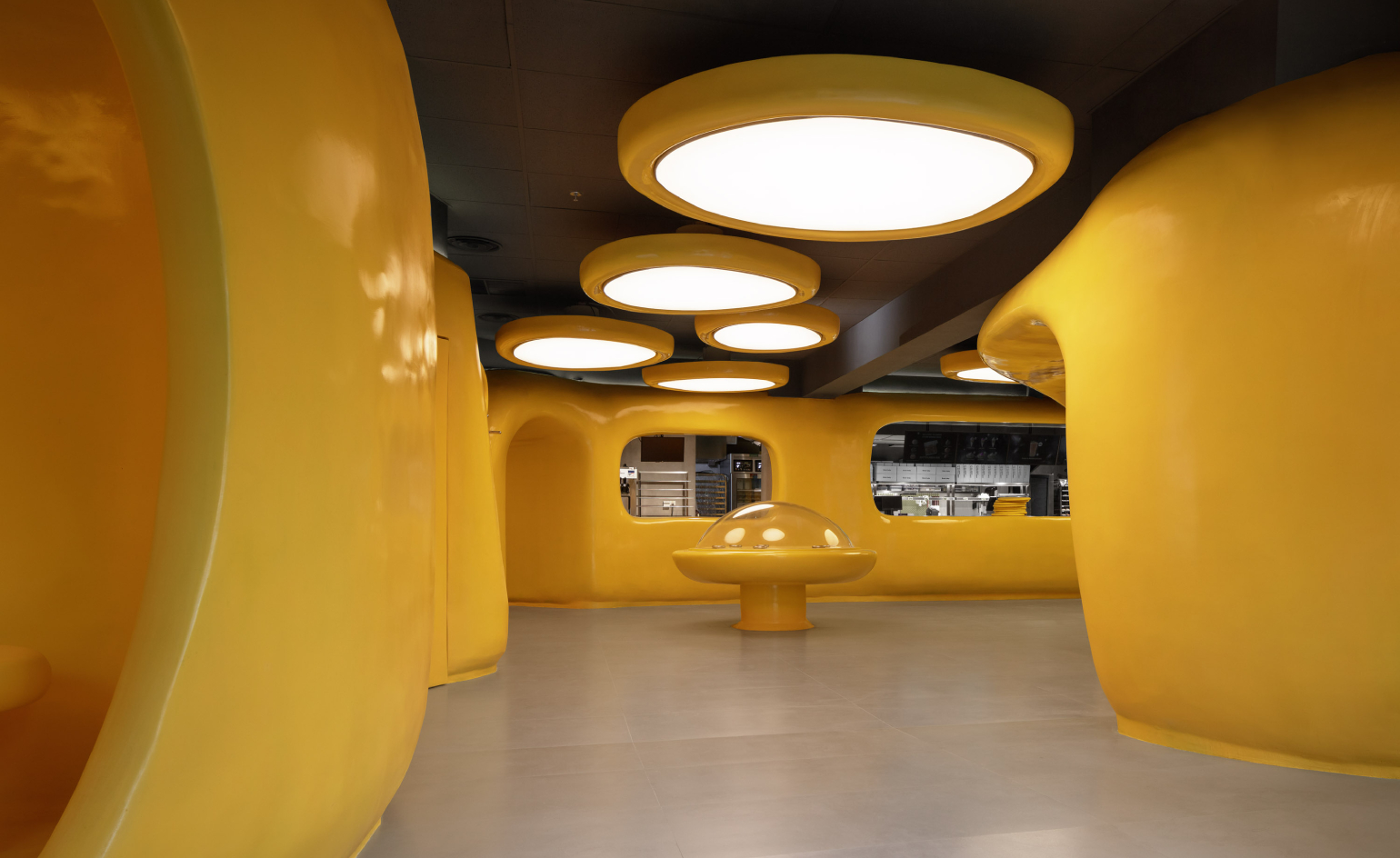 Butter Baby is Jakarta’s new cosmic dessert parlour
Butter Baby is Jakarta’s new cosmic dessert parlourCrosby Studios conjures a surreal, butter-yellow dreamscape for an unusual dessert parlour in the Indonesian capital
-
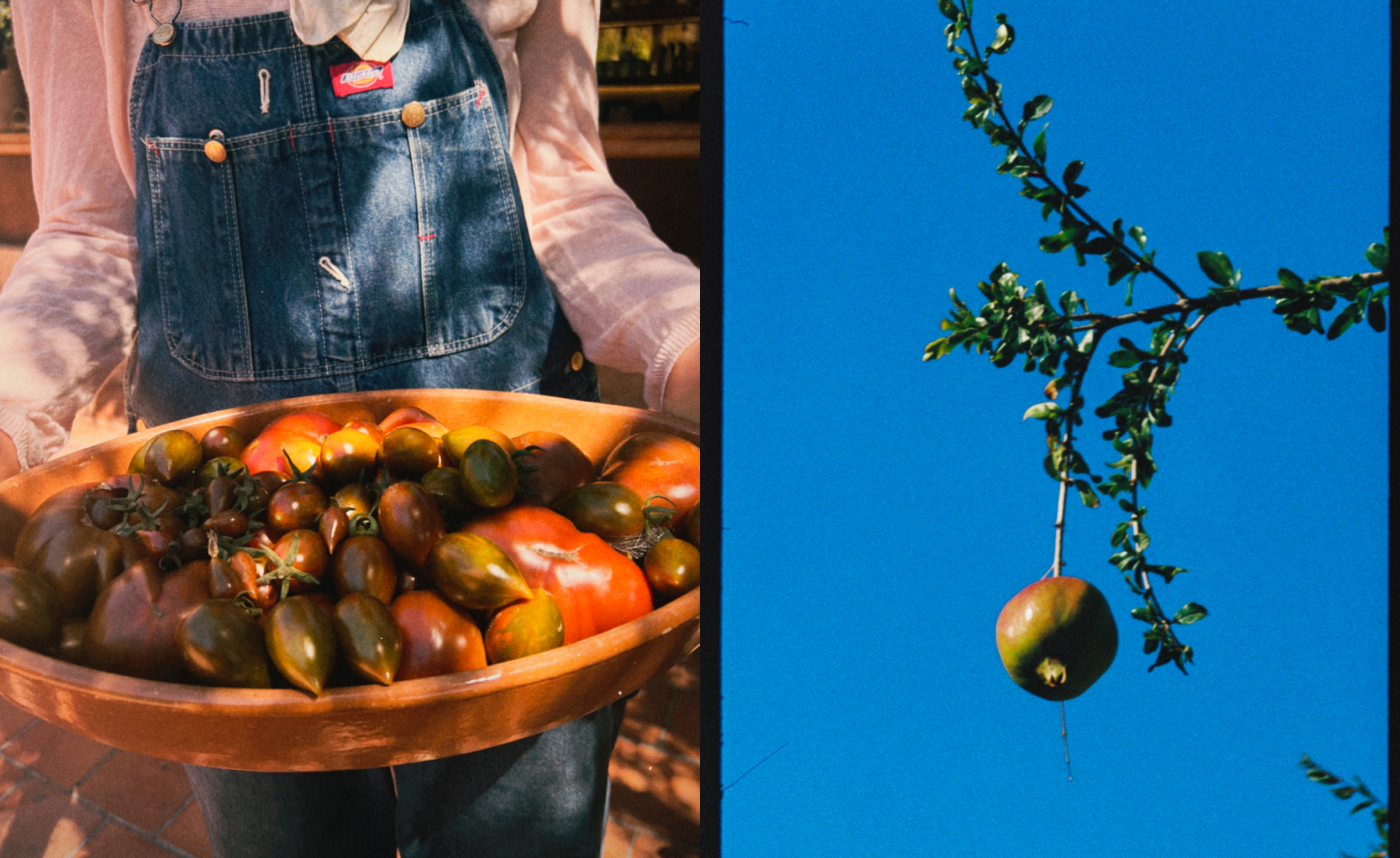 Do luxury hotels need a farmer-in-residence?
Do luxury hotels need a farmer-in-residence?From Ibiza to Indonesia, hospitality brands are cultivating a new travel experience, where wellness begins in the soil and ends at the table
-
 This arresting new photography book is a visual mediation on daily life in Indonesia
This arresting new photography book is a visual mediation on daily life in IndonesiaWith his lens, photographer Farid Renais Ghimas explores home, memory and the spaces in between
-
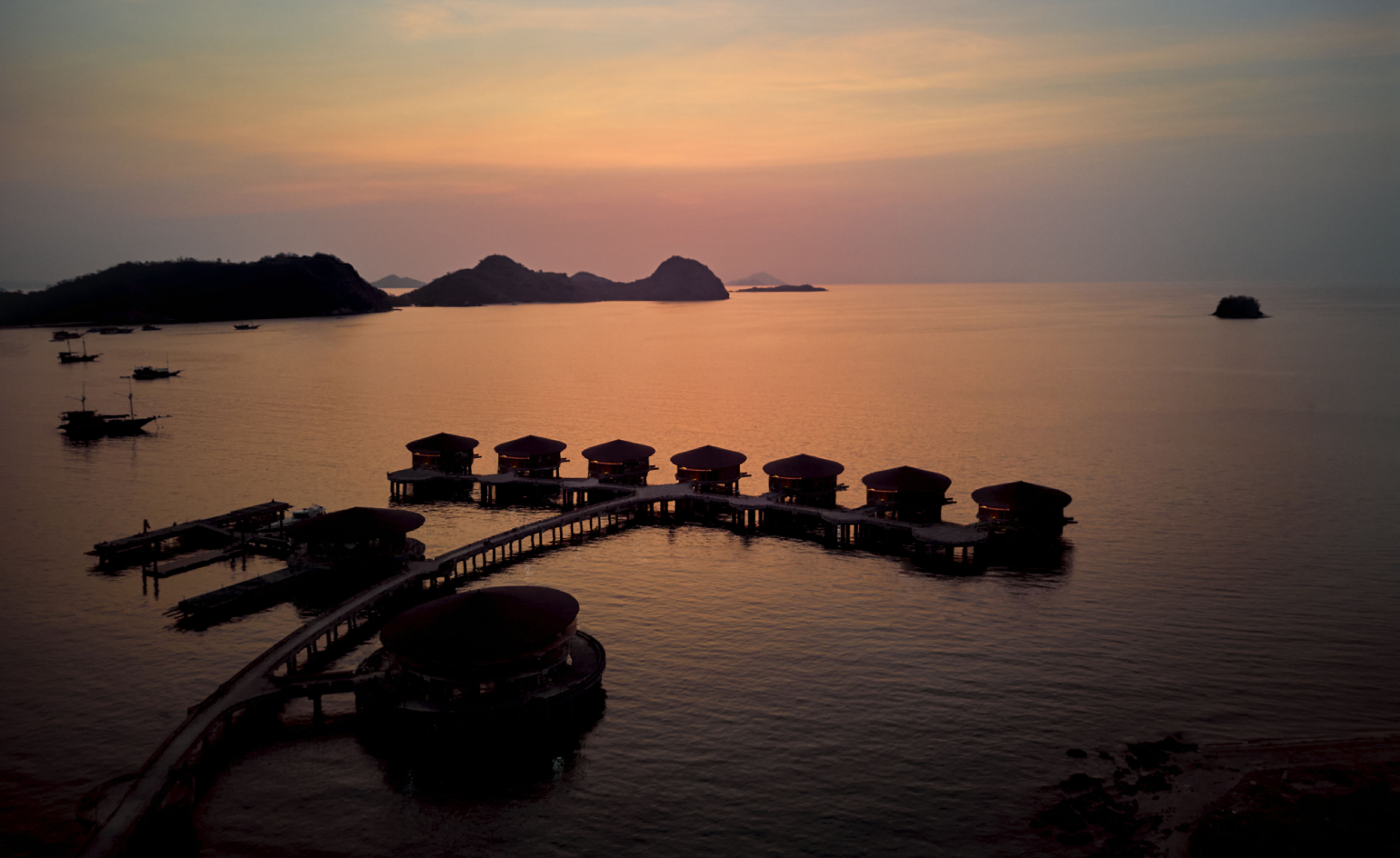 Six hotels where you’ll find the winter sun this February
Six hotels where you’ll find the winter sun this FebruaryFrom intimate seaside inns to lush tropical resorts, here are six Wallpaper*-approved winter sun escapes
-
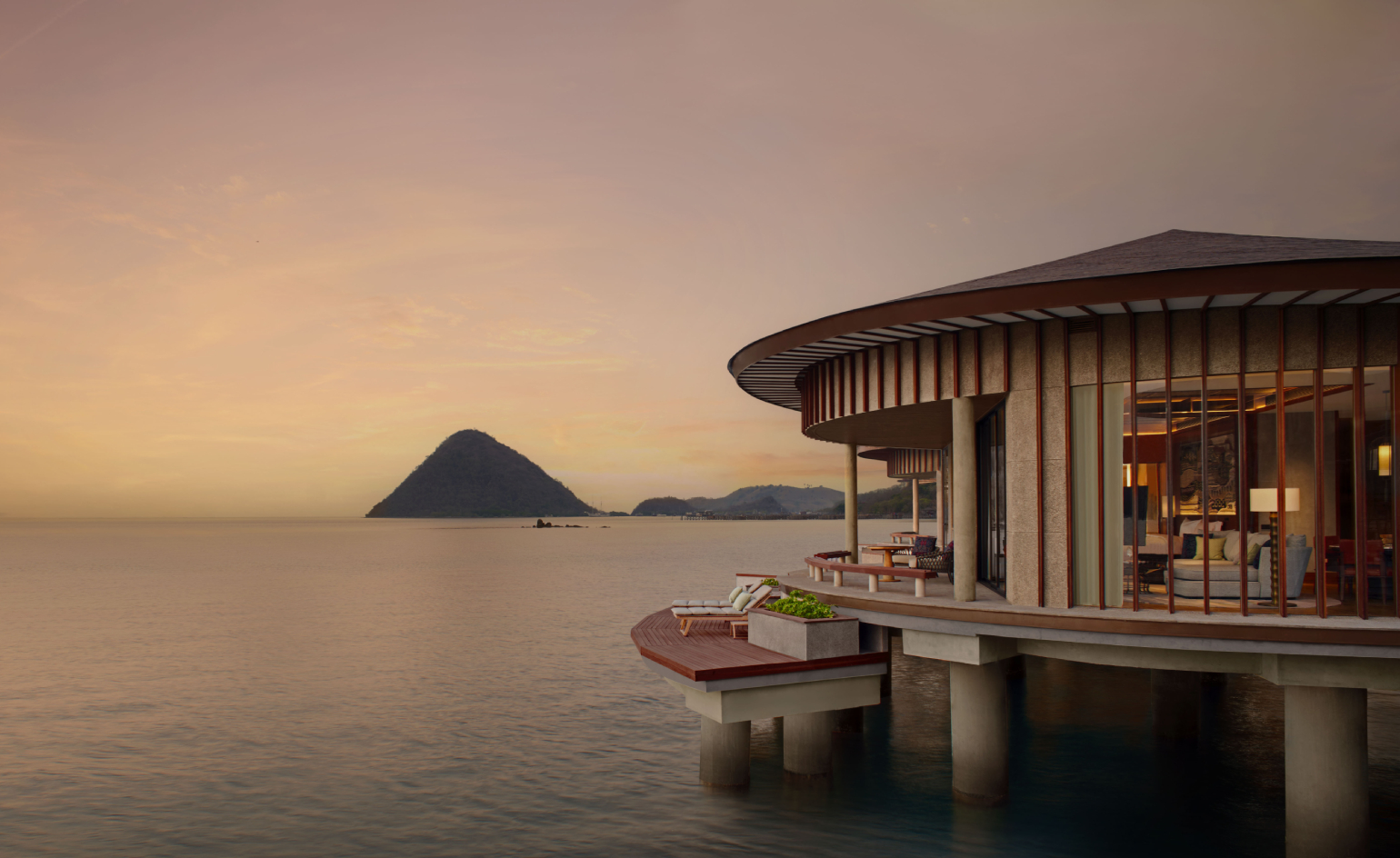 The new hotels you’ll want to stay at in 2025
The new hotels you’ll want to stay at in 2025Where to stay in 2025? Let six of the most-read-about hotel openings of the past 12 months inspire your escape – from a tiny Tokyo bolthole to a Tanzanian safari retreat
-
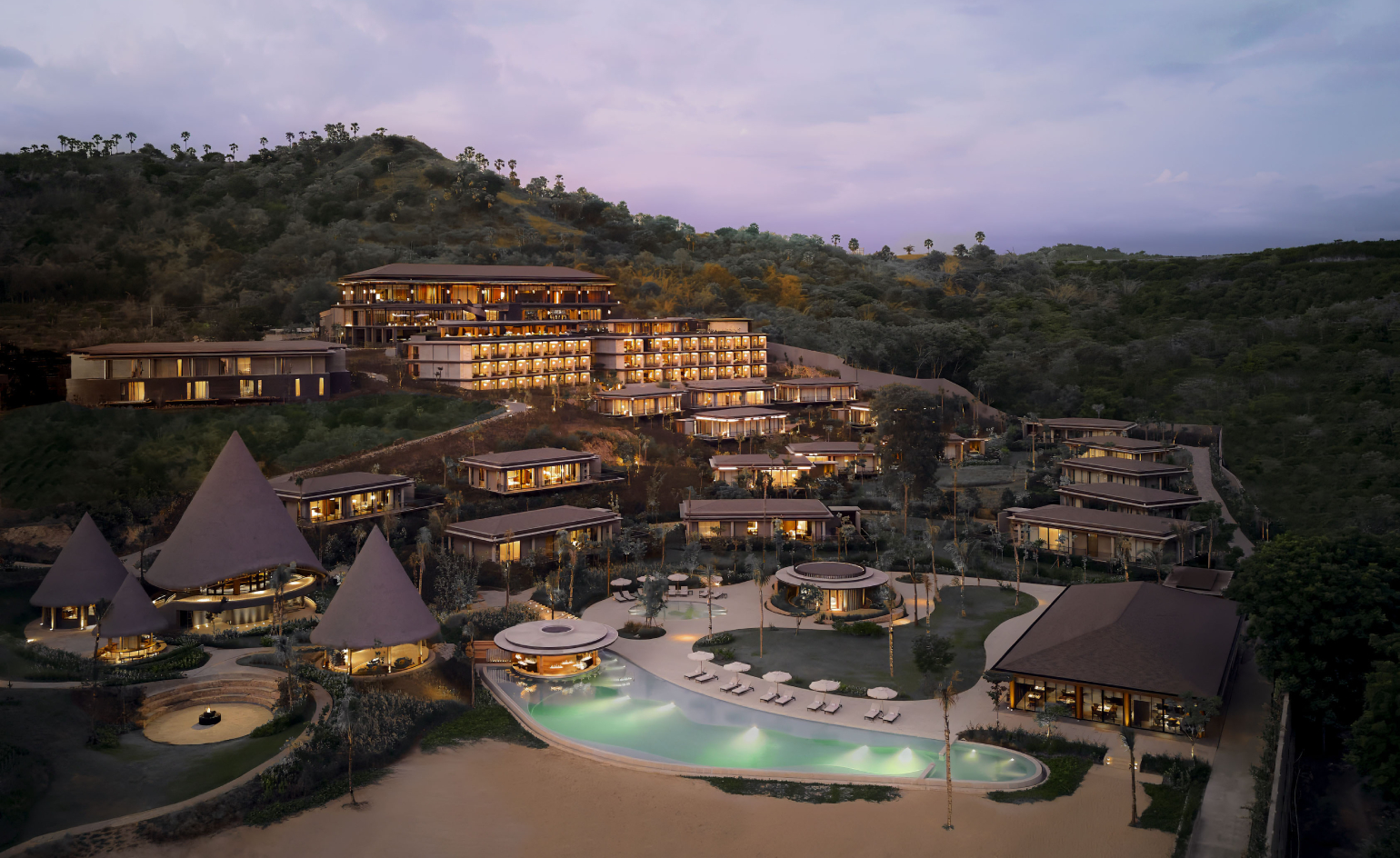 Flit to the Indonesian island of Flores and its new luxury resort
Flit to the Indonesian island of Flores and its new luxury resortTa’aktana Labuan Bajo melds an eco-conscious philosophy with local cultural influences
-
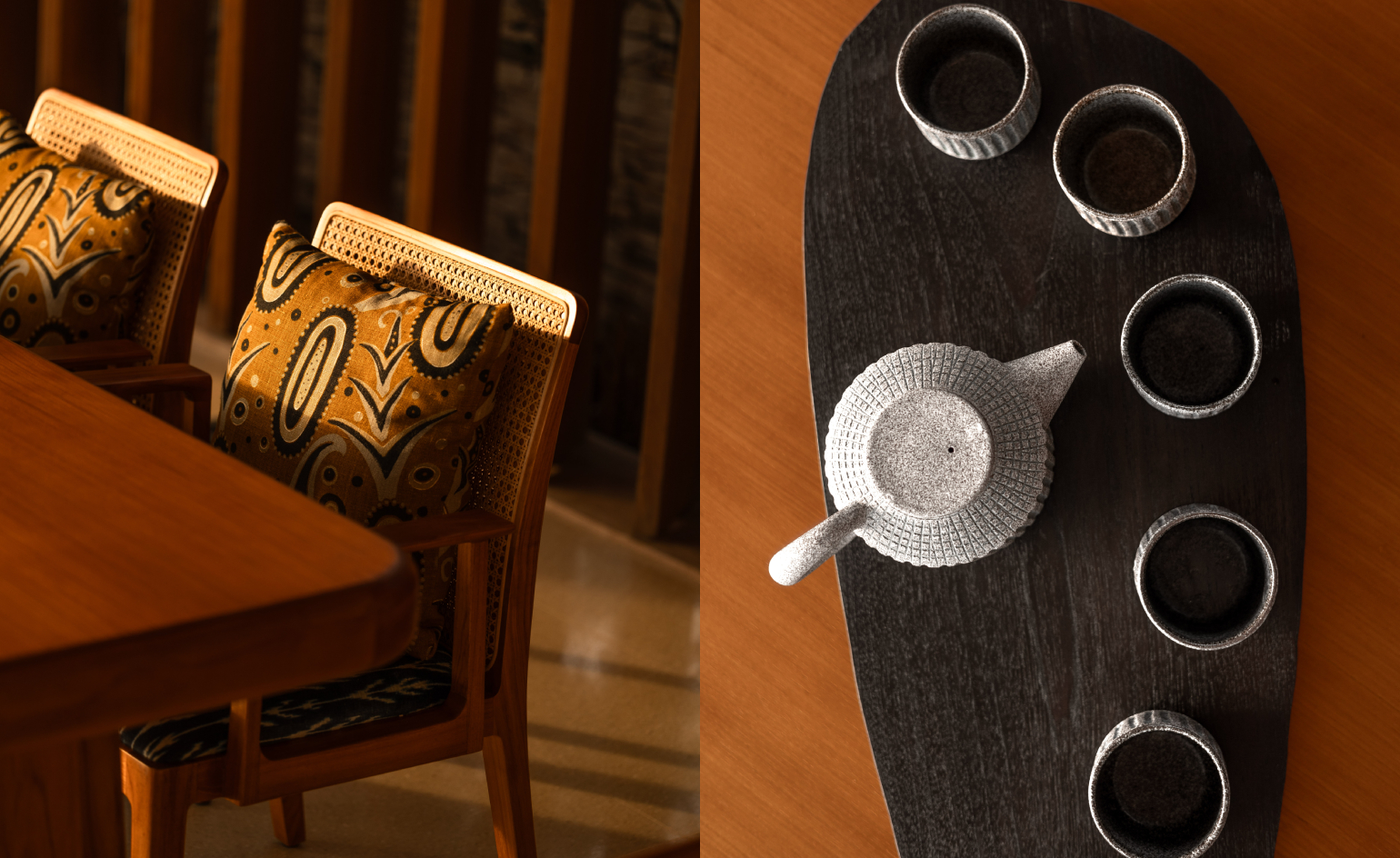 Tour Cap Karoso’s timeless villas on a lesser-known Indonesian island
Tour Cap Karoso’s timeless villas on a lesser-known Indonesian islandDescribed as a ‘modern traveller’s refuge’, Cap Karoso introduces a host of new villas on the idyllic island of Sumba
-
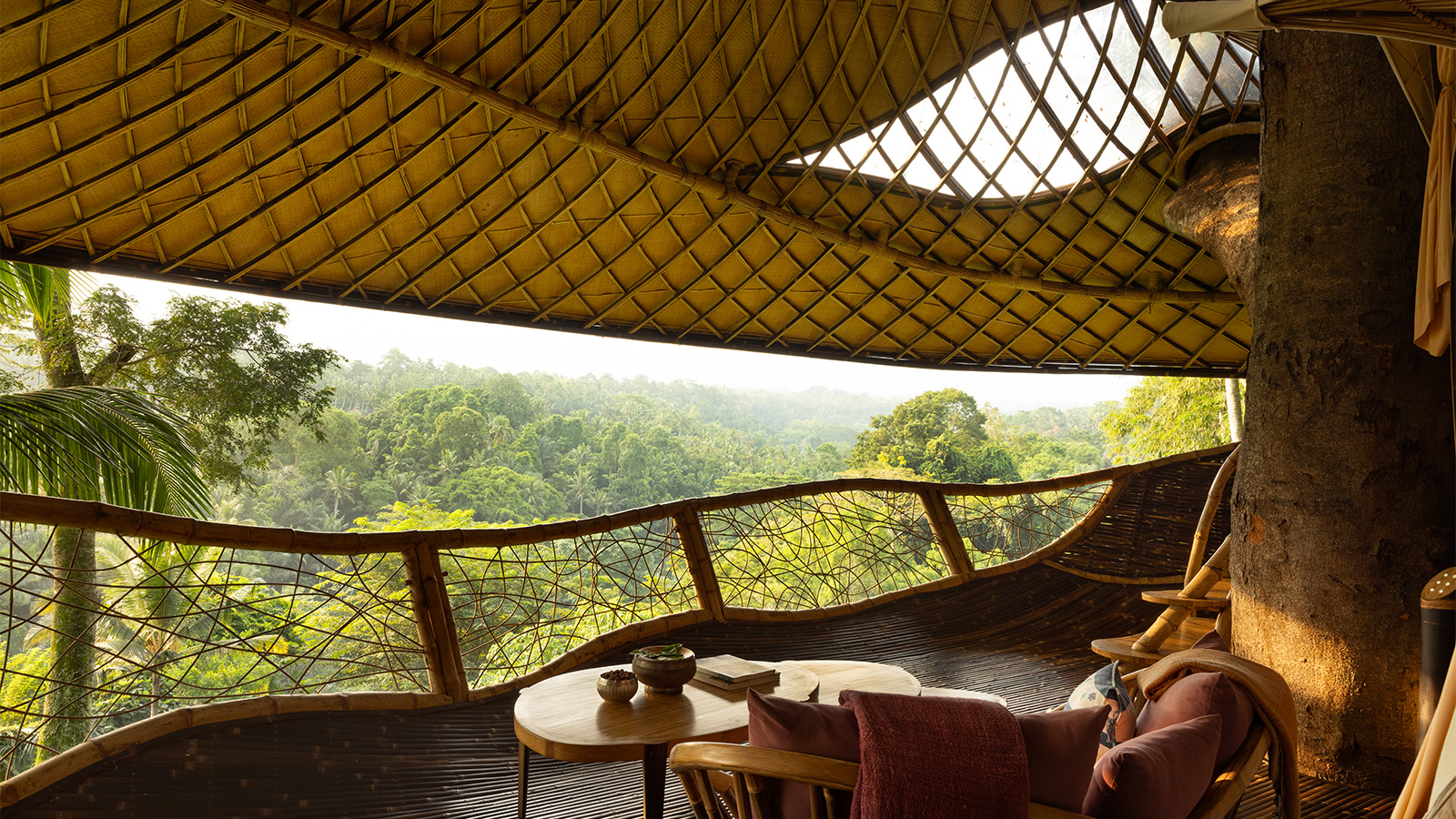 Tour Bambu Indah, a Balinese hideaway akin to the Garden of Eden
Tour Bambu Indah, a Balinese hideaway akin to the Garden of EdenBambu Indah resort offers undiscovered antique charm amongst an otherworldly jungle context